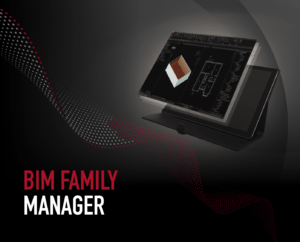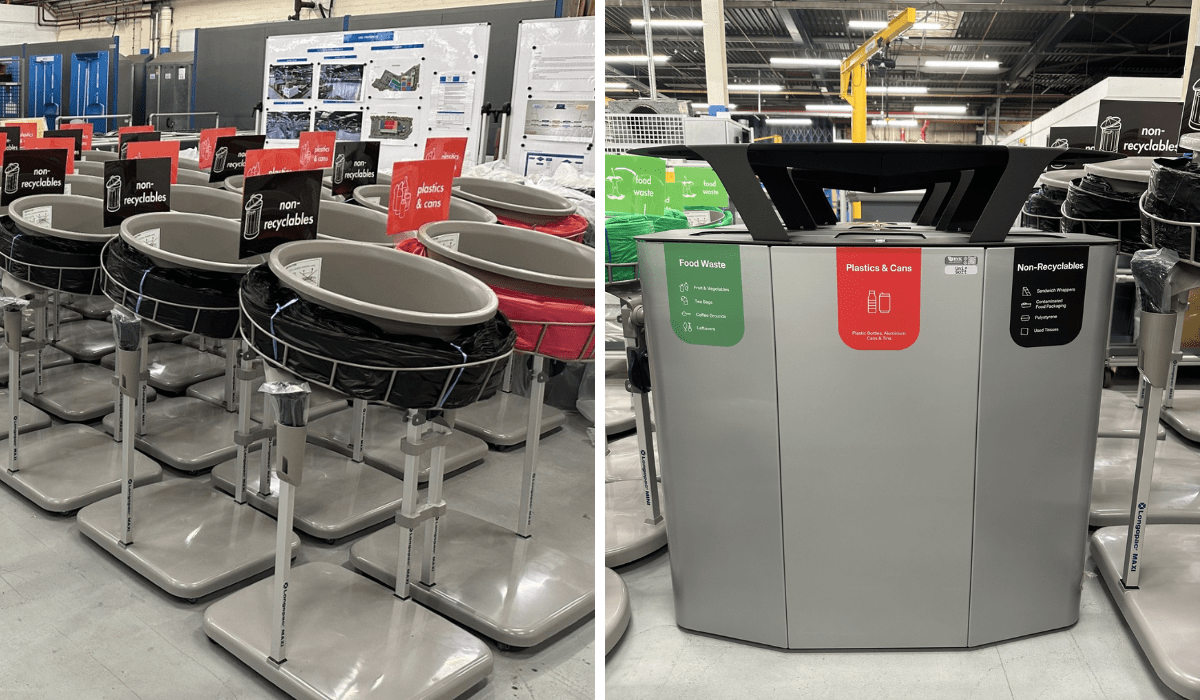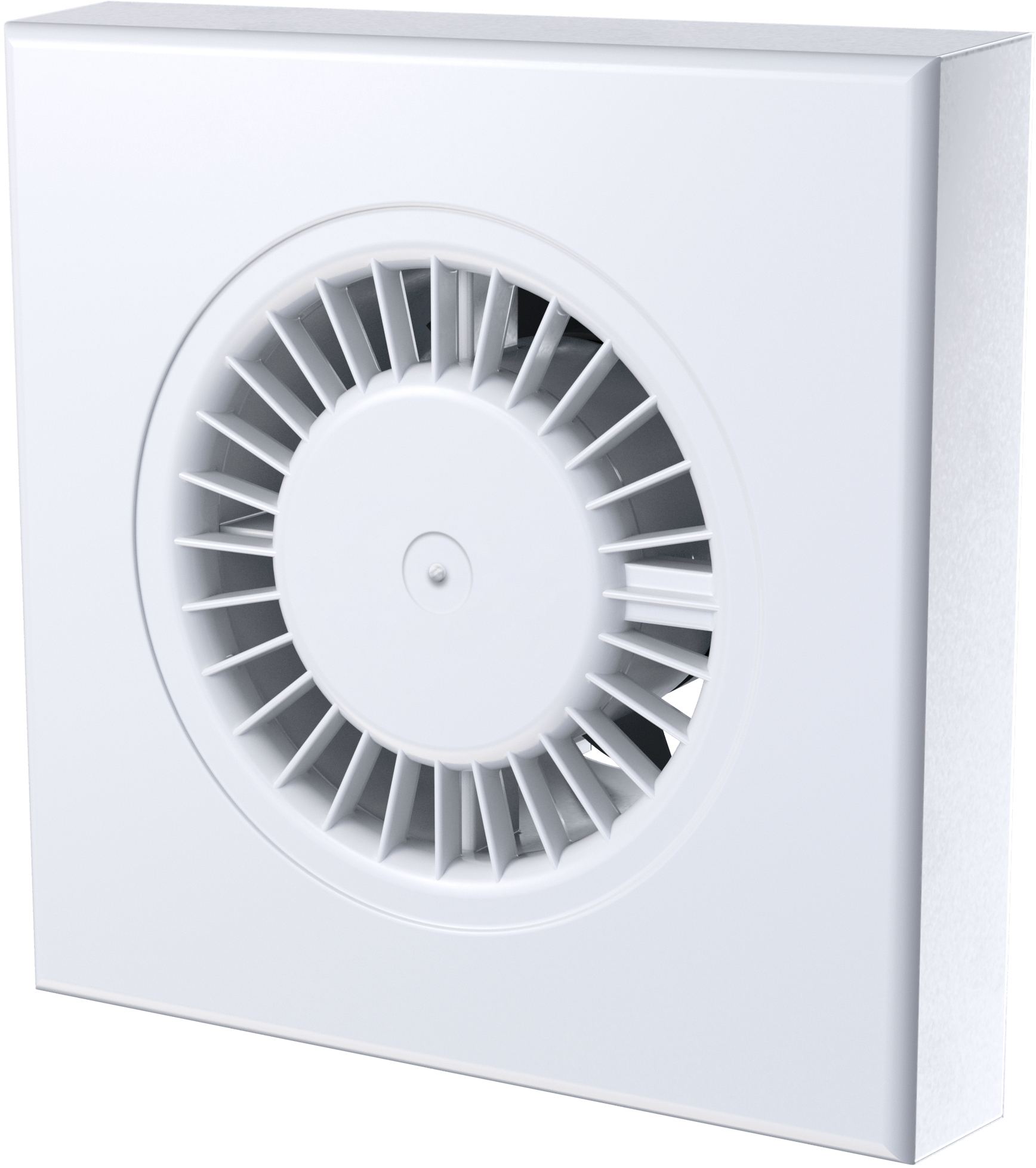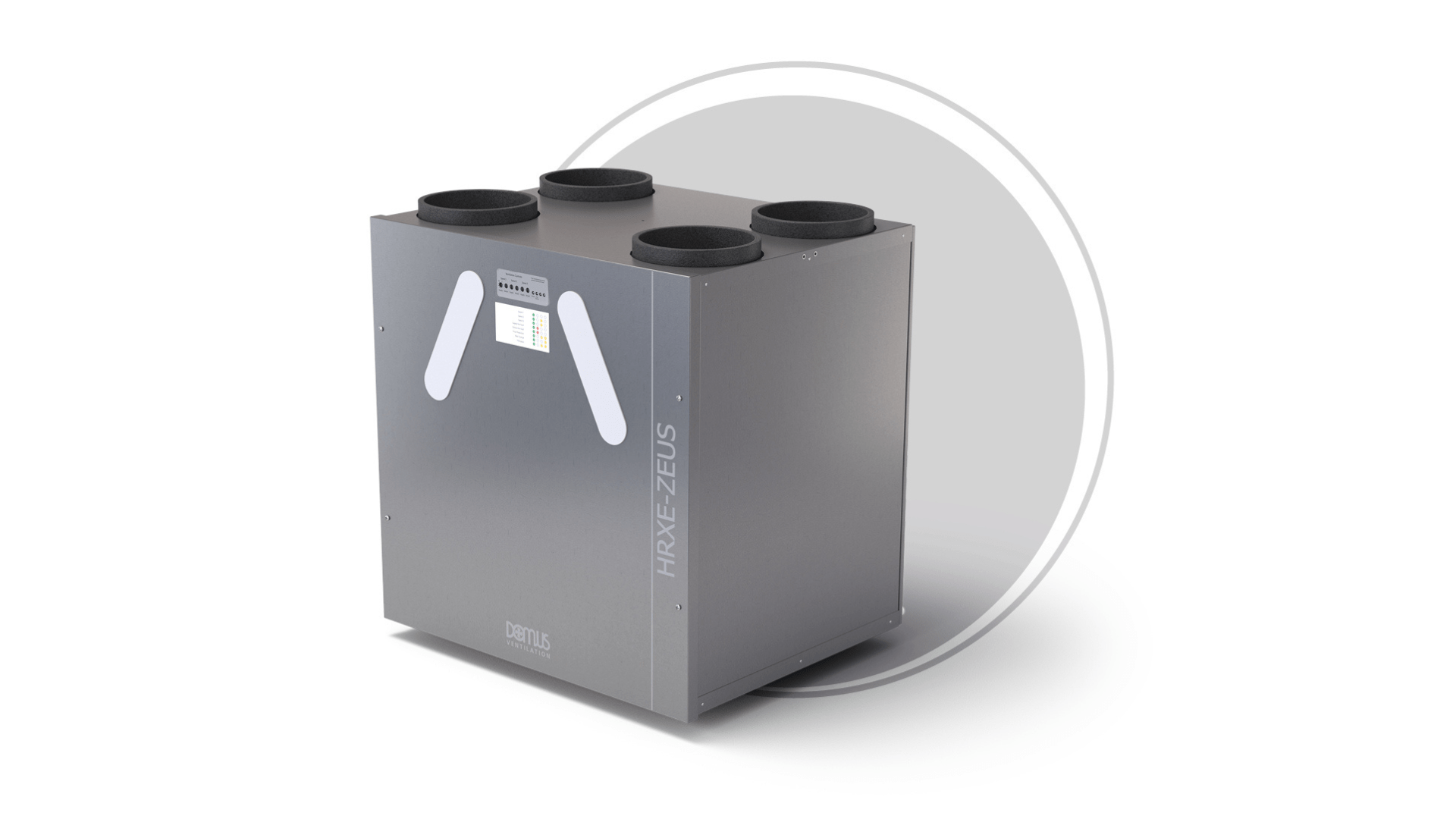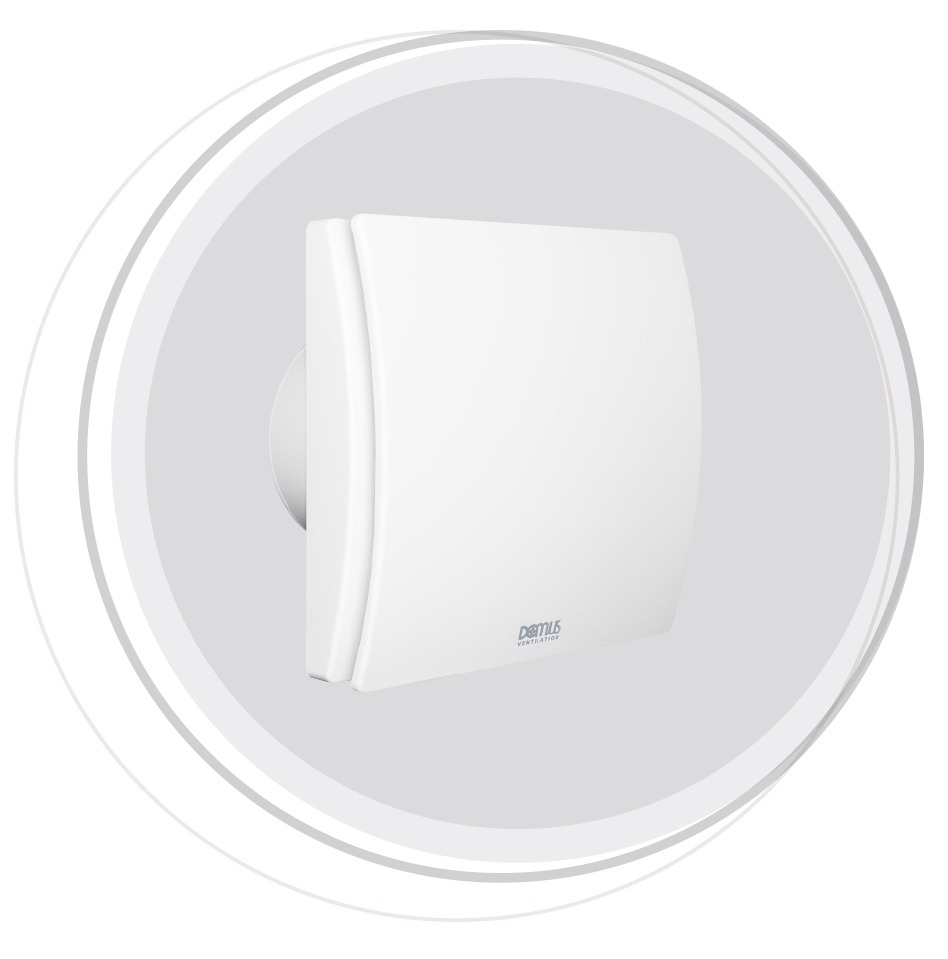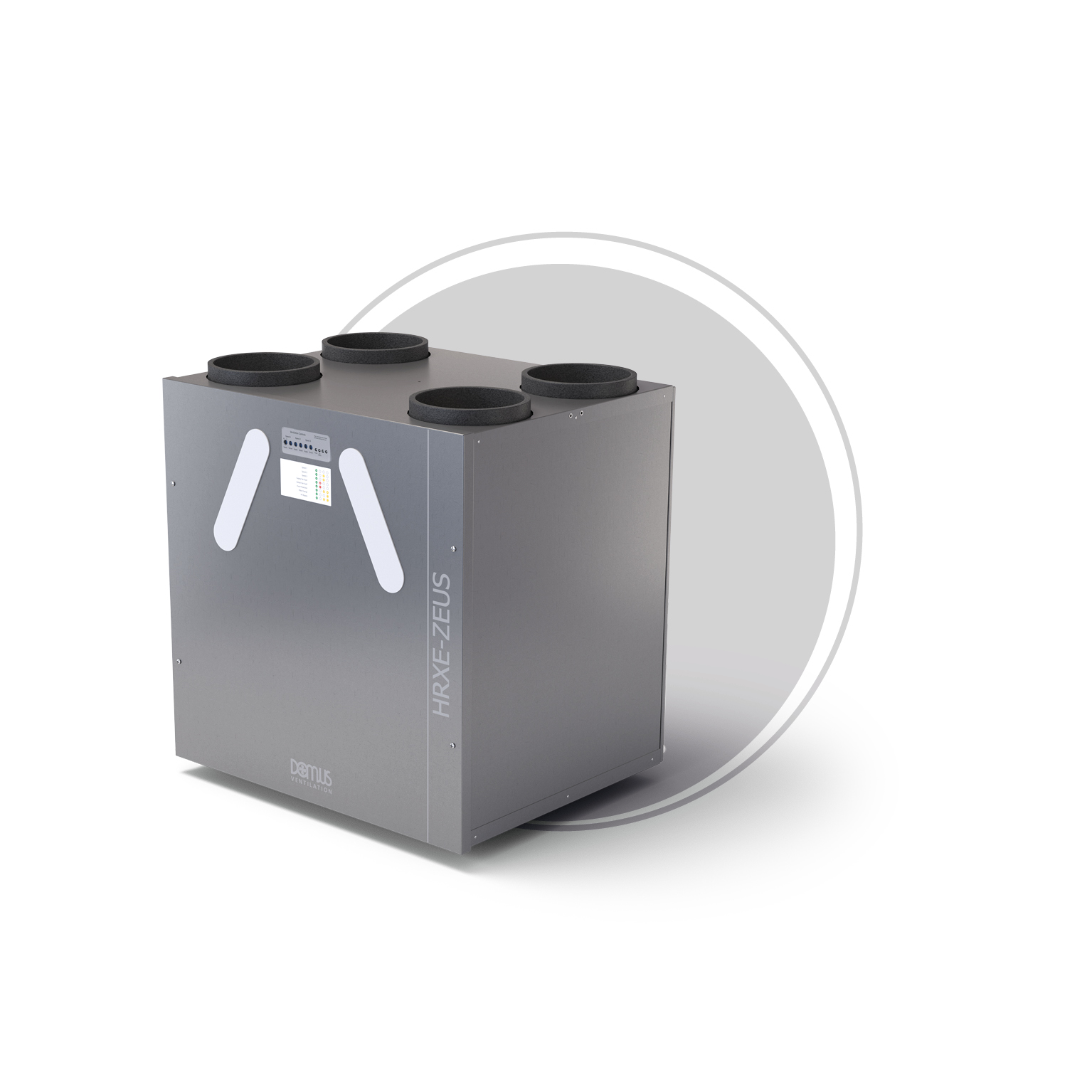Ducting can make or break a ventilation system, whether it’s a sophisticated Mechanical Ventilation with Heat Recovery (MVHR) system in a large house or a simple bathroom fan in an apartment. That’s because the ducting conveys the all-important fresh air to (and from, in the case of MVHR) the ventilation unit and into the property. If the air flow is impeded in the duct run, insufficient air reaches the fan in a timely way, and the property does not receive adequate ventilation. Maintaining air flow at a set level is especially important in whole house ventilation systems as otherwise the systems will not perform to their best ability.
Why does ventilation matter?
Good ventilation is at the heart of indoor air quality (IAQ). As more resources are being invested into researching IAQ (although this is still well behind research into external pollutants), an ever clearer picture is forming of the impact IAQ can have on both our physical and mental health.
Poor IAQ can lead to an increased risk of respiratory and cardiovascular illness, cognitive impairment and even certain cancers. One of the big problems with IAQ is that sources and concentrations of pollutants can vary greatly between as well as within buildings. Indoor pollutant sources include building materials, Volatile Organic Compounds (VOCs) heating appliances, cooking, consumer products, occupant activities and damp. Of course, the indoors is also affected by the outdoors, with external air pollutants entering our homes; this is likely to be an even greater issue in urban areas in warmer months when windows are wide open.
Whilst removing or reducing pollutant sources is fundamentally important (such as through the implementation of Clean Air Zones and switching to greener cleaning products), improving ventilation within our homes is essential to IAQ. It brings air into the property, dispersing existing air out and diluting any pollutants in the process. Where whole house ventilation systems are installed, filters can be applied to the intake to remove external pollutants.
Choose ducting wisely
I’d like to think that most people in this line of work invest time into researching whole house ventilation systems and, hopefully, into their choice of extract fans. But has similar time and effort been spent into researching ducting? Quite possibly not. As I have stated above, ducting is at the heart of a successful ventilation system, so it is important to take the time to ensure you choose duct systems wisely.
There is no set standard for ducting, but poor quality ducting is relatively easy to spot. If the ducting bows or looks like it’s concave, or the wall thickness appears uneven, avoid it as it will not provide a tight fit when connected, leading to air and even condensation leakage. Good quality ducting will have exacting tolerances and connects together for minimal air and moisture loss and maximum system efficiency. It will also come with ample accessories and useful products designed to assist you with site related constraints.
Make sure the ducting has been designed to work in harmony as part of a system and has been third party tested for end-to-end system performance.
For MVHR and MEV system, use quality rigid ducting in larger sizes. But whatever you do, and whatever size the ventilation system, avoid using flexible duct work in place of rigid ducting at all times, as it causes a lot more air resistance and can be crushed easily.
Drawing duct schemes require skill
Many people misjudge the level of skill required to produce ducting drawings. The duct runs, the number of bends and the angle of those bends, plus the temperature of the areas the ducting runs through, all affect the air flow. It’s important to keep ductwork runs as short and straight as possible, and minimise the number of bends. This can best be achieved if you produce the drawing before the ventilation unit is specified and before services, such as gas and water pipes, go in. Make full reference to dwelling and room ventilation rates within the drawing.
By far the easiest option though is to outsource the drawing. Most manufacturers, Domus Ventilation included, will provide a system drawing free of charge, along with duct take-offs and estimations.
Lastly, be prepared! Site related constraints may change, and the duct drawing may need to alter. If you have to make changes, re calculate the air flow rates and, where necessary, change product accordingly. For example, if you must include a bend where one didn’t exist before, consider using something like a Domus Greenline Bend which has been cleverly engineered to reduce duct bend resistance by up to 60%.
Stick to the plan when it comes to installation
Once your duct drawing is finalised and the ducting is ready to be installed, be sure to stick to it on site. It’s not uncommon for installers to try save time and money by making the duct runs simpler or swapping rigid ducting for flexible ducting at final connections or around obstructions. All that hard work and carefully thought out planning compromised at the last post!
When it comes to installation of extract fans, check if wall and in-room installation kits are available as these will provide all the necessary parts to fit the fan – including ducting and grilles – for a swift, straightforward installation.
Be sure to fit ducting insulation and firestopping products, as laid out in Building Regulations. Insulation is required where the ducting passes through unheated areas and voids, such as loft spaces. Firestopping products are necessary whenever a hole is made in a compartment wall for plastic ventilation ducting to pass through. In addition, non-combustible air bricks, such as Domus Ventilation’s Solis Air Brick, must be used where ductwork penetrates through the external cavity when above 18m in England and 11m in Scotland.
Take care of your ducting and it will take care of you
Getting the ducting right really is one of the most important aspects of a residential ventilation system, yet it’s frequently the most overlooked and undervalued. By taking the time to consider your ducting products, where they go and how they are installed, you are more than half way to ensuring a good ventilation system that is Building Regulations compliant.
By Paul Williams, Domus Ventilation Product Manager
